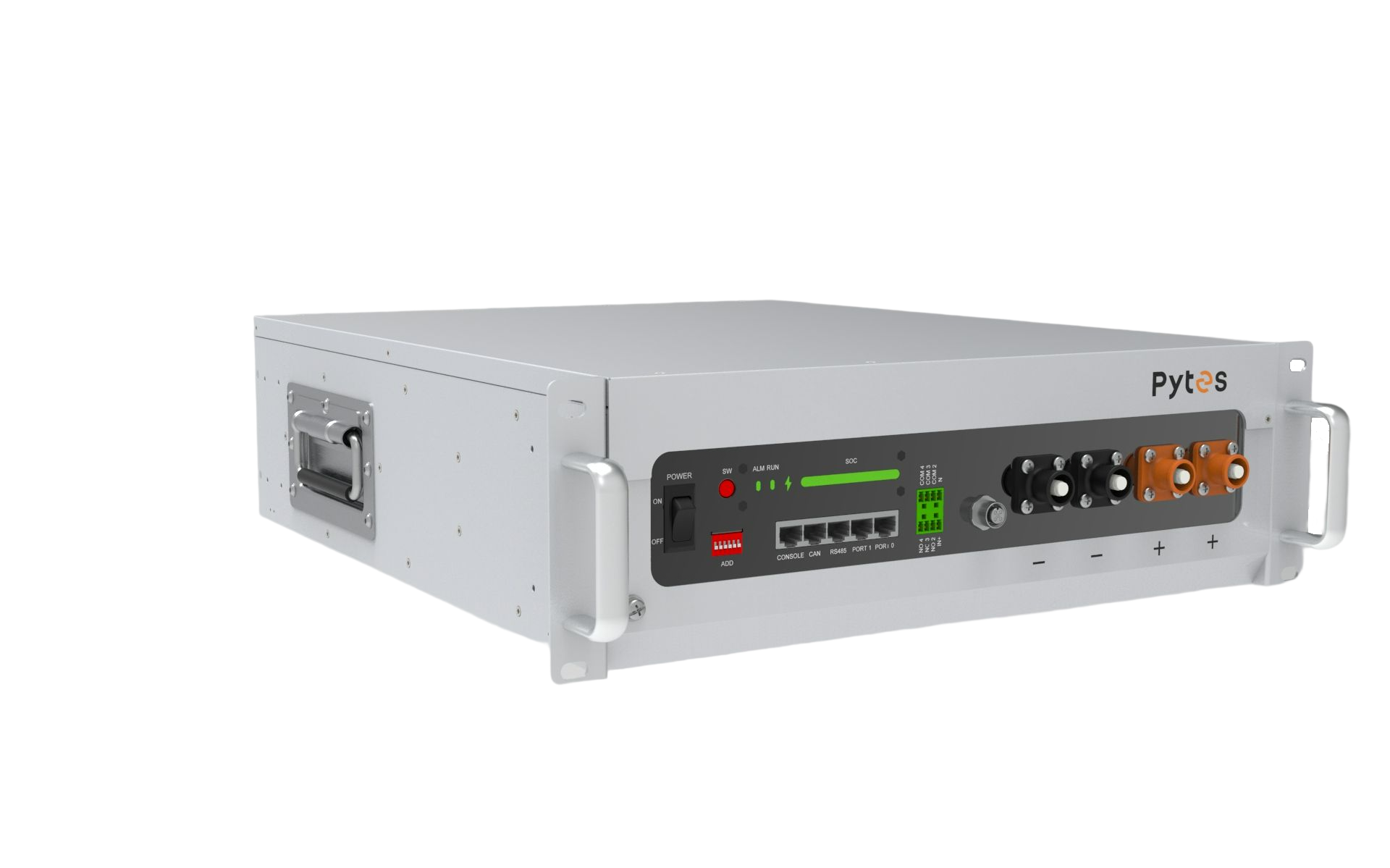As winter approaches, many people may notice that the capacity of their LFP batteries seems to have decreased. Why does the capacity of LFP battery become lower in cold winter? Pytes will analyze the impact of cold on LFP battery capacity and provide some suggestions for dealing with cold weather.

How LFP battery works
LFP battery is a lithium-ion battery whose positive electrode material is lithium iron phosphate. Under normal operating conditions, lithium ions move between the positive and negative electrodes during charging and discharging, thereby generating electric current.
The main reasons for the decrease in LFP battery capacity in winter are as follows:
1. Effect of temperature on battery reaction rate: Cold temperatures will reduce the reaction rate inside the battery. This is because at low temperatures, the rate of chemical reactions slows down, causing the battery's discharge rate to decrease. This means that under the same usage conditions, the battery capacity will be reduced.
2. Increase in the internal resistance of the battery: At low temperatures, the internal resistance of the battery will increase. This is due to the solidification of the electrolyte and the hardening of the electrode material, resulting in obstruction of the transmission of electrons and ions. An increase in the battery's internal resistance will cause the battery's discharge rate to slow down and reduce the battery's capacity.
3. Difficulty in lithium ion diffusion: At low temperatures, the diffusion rate of lithium ions inside the battery will slow down. This is because low temperatures increase the viscosity of the electrolyte, hindering the movement of lithium ions. This will cause the battery's charging and discharging efficiency to decrease, thereby reducing the battery's capacity.
In the face of cold weather, how should we deal with the problem of reduced LFP battery capacity?
Here are some suggestions for Pytes:
1. Keep the battery warm: In the cold winter, try to avoid exposing the battery to extremely low temperatures. Insulation or a battery heating system can be used to keep the battery warm. This helps increase the battery's reaction rate and reduce internal resistance, thereby increasing the battery's capacity.
2. Control the charging and discharging rate of the battery: In cold weather, try to avoid high-speed charging and discharging, because this will increase the internal resistance of the battery and the temperature rise of the battery. Appropriate control of charge and discharge rates can reduce battery capacity loss.
3. Charge regularly: It is important to charge the battery regularly. This helps the battery stay in good condition and prevents damage from being left in a low-charge state for an extended period of time.
4. Choose the appropriate battery capacity: When purchasing an LFP battery, you can consider choosing a battery with a slightly larger capacity.
By keeping batteries warm, controlling charge and discharge rates, charging regularly, and selecting appropriate battery capacity, you can reduce the impact of cold on energy storage and ensure proper battery operation in cold weather.
https://www.pytesess.com/industry/What-are-the-characteristics-of-LFP-Battery.html
